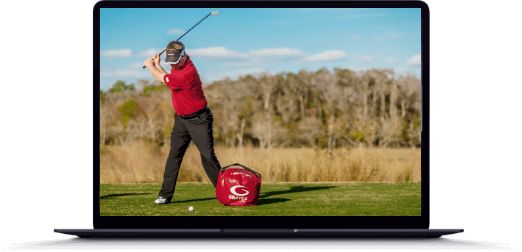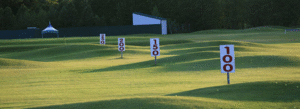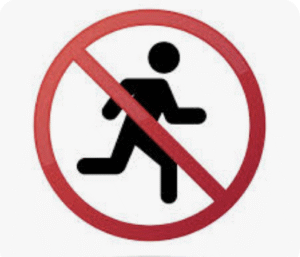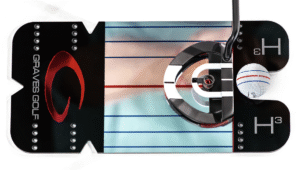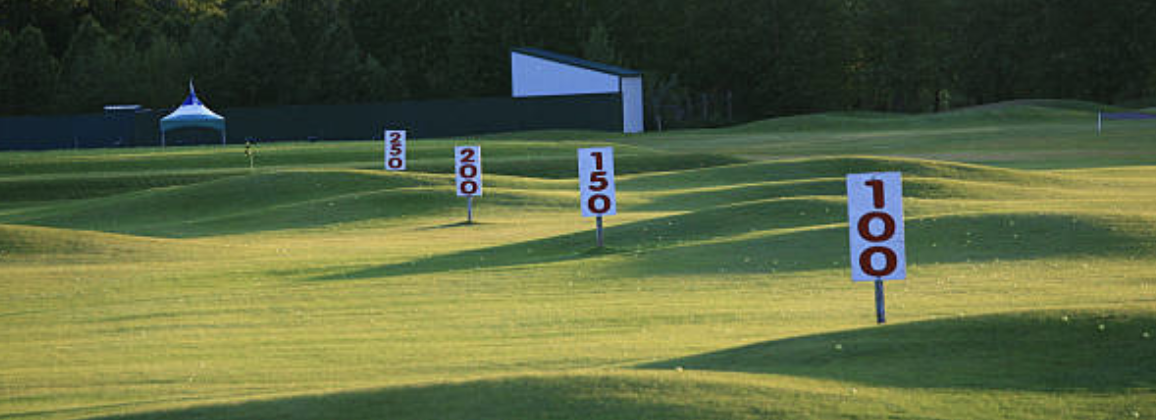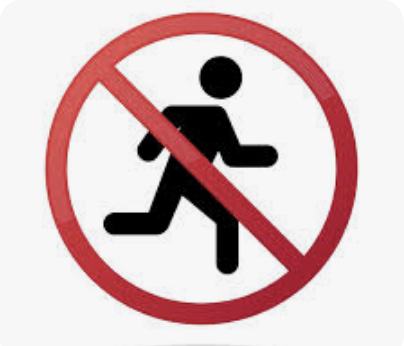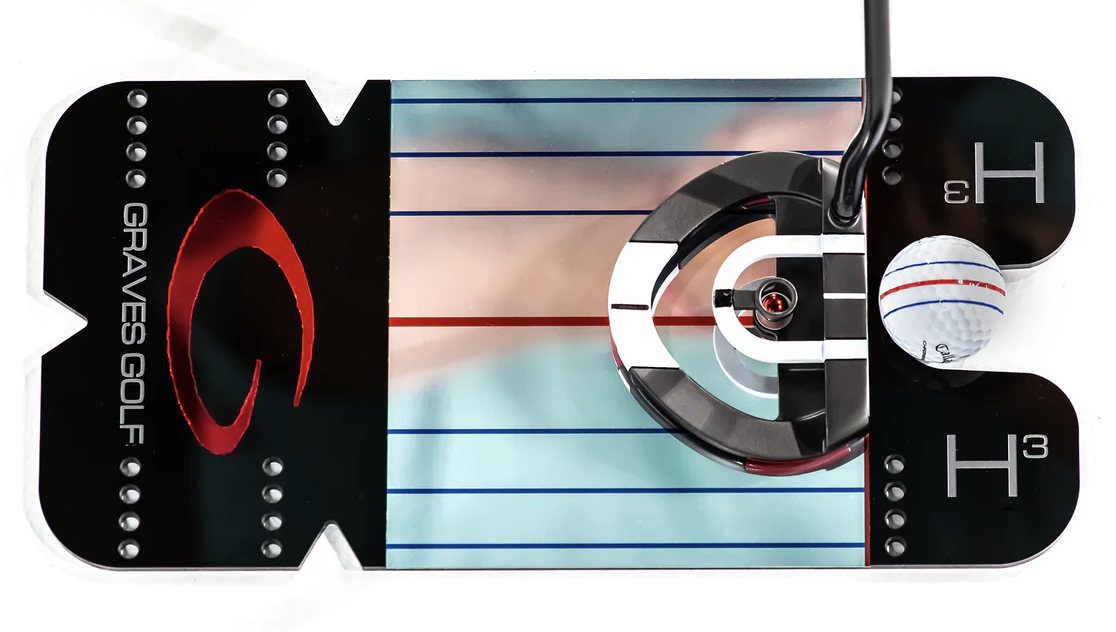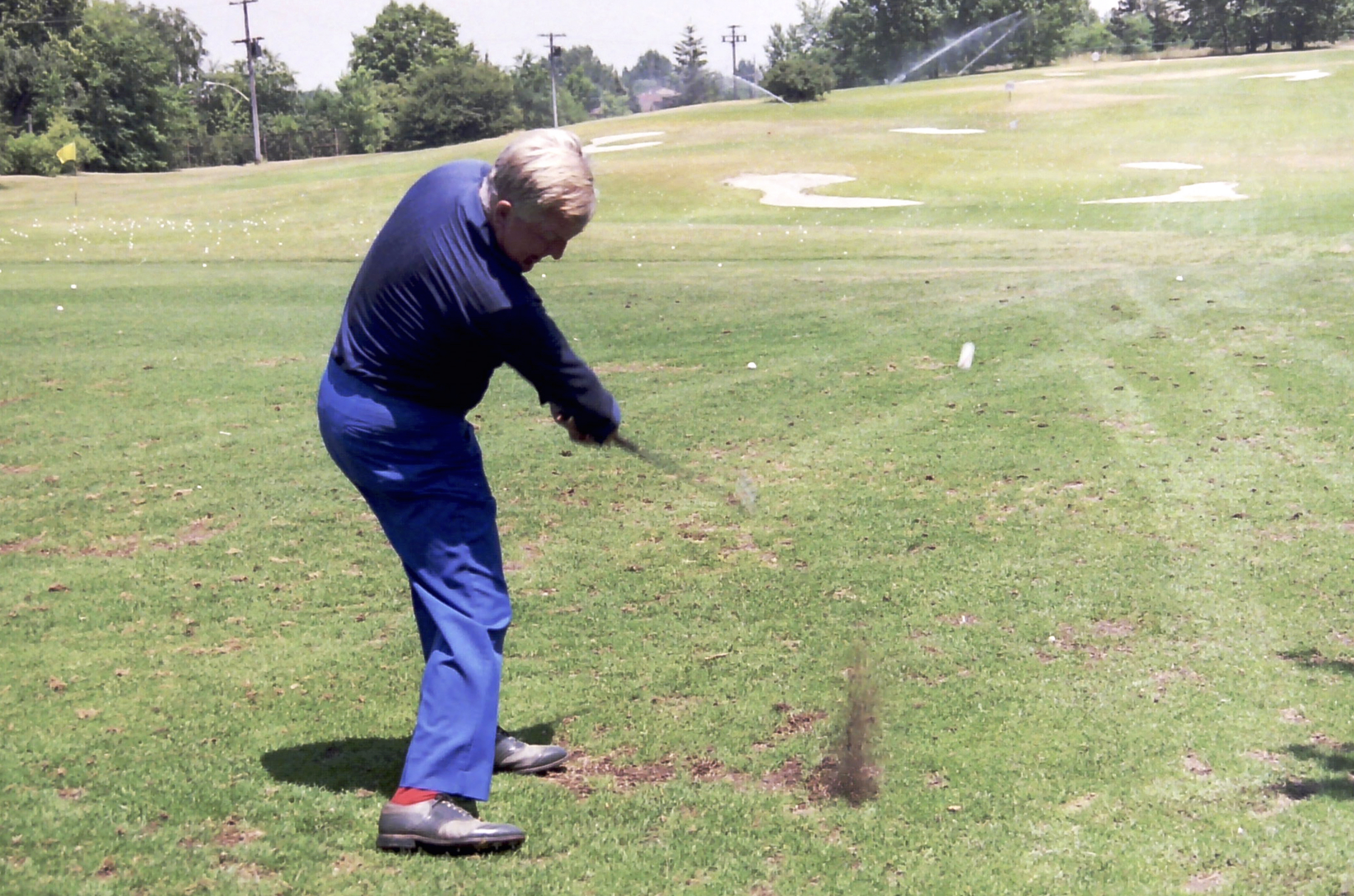By Tim Graves, PGA
Hopefully, you were able to read the last 5 practice tips – Tips for Improving (Part 1, 2, 3, 4 and 5)
In those practice tips we discussed how we work with our students to create new habits rather than breaking old habits. It is essentially impossible to break bad habits (our mind/body is not set up that way) … but we are set up to be able to create new habits and ultimately make changes/create new movements, etc. we want.
We talked about a book we strongly recommend – The Little Book of Talent/52 Tips for Improving Your Skills by Daniel Coyle
It is described as a manual for building a faster brain and a better you. It is an easy-to-use hand book of scientifically proven, field tested methods to improve your skills – your skills, your kids’ skills, your organization’s skills – in sports, music, art, math and business. The product of five years of reporting from the world’s greatest talent hotbeds and interviews with successful master coaches, it distills the daunting complexity of skill development into 52 clear, concise directives. Whether you are 10 or 100, this is an essential guide for anyone who ever asked, “How do I get better?”

This book is available at Amazon.com
The last instructional newsletters (Tips for Improvement Part 1, 2, 3 and 4) we talked about the following tips
- Staring at who you want to become.
- Spending 15 minutes a day engraving the skills on your brain.
- Stealing without apology.
- Buying (and keeping) a notebook.
- Be willing to be stupid
- Choose spartan over luxurious
- Before you start, figure out if it’s a hard skill or a soft skill
- To build hard skills, work like a careful carpenter
- To build soft skills, play like a skateboarder
- Honor the hard skills
- Don’t fall for the prodigy myth
- How to pick a high-quality teacher
- Finding the sweet spot
- Take off your watch
- Break every move down into chunks
- Each day, try to build one perfect chunk
- Embrace struggle
- Choose five minutes a day over an hour a week
- Don’t do “drills”. Instead, play small, addictive games
- Practice alone
This instructional newsletter (Part 6) we cover the next 6 tips for improving your skills and relate them to you learning/working on your single plane swing and golf game.
21. Think in Images
Which instruction is easier to remember?
Grip the club lightly. – 0r – Grip the club like you are holding a baby bird.
Release the club through impact. – or – Toe of club should be over through impact.
For most, images are far easier to grasp, recall and perform. Whenever possible, create a vivid image for each chuck (new habit) you want to learn. The images don’t have to be elaborate, just easy for you to “see” and feel.
22. Pay Attention Immediately After You Make a Mistake
Most of us are “allergic” to mistakes. When we make one, our every instinct urges us to look away, ignore it, and pretend it didn’t happen. This is not good, because as we’ve seen, mistakes are guideposts for improvement.
Studies reveal that within 0.25 seconds after a mistake is made, people (the brain) do one of two things – they look hard at the mistake or they ignore it. People who pay deeper attention to an error learn significantly more than those who ignore it.
Develop a habit to look your mistakes right away… don’t “look away”. Ask yourself what you can do next to improve them. Take mistakes seriously, but never personally.
As Moe said MANY times (when he sees another golfer hit a poor golf shot), “Don’t worry about it, learn something from it.”
23. Visualize The Wires of Your Brain Forming New Connections
When you go to the sweet spot on the edge of your ability and reach beyond it, you are forming and strengthening new connections in your brain.
Mistakes aren’t really mistakes, then – they’re the information you use to build the right links.
The more you pay attention to mistakes and fix them (creating new/correct habits), the more of the right connections you’ll be building inside your brain.
24. Visualize the Wires of Your Brain Getting Faster
Every time you practice deeply – the wires of your brain get faster.
When you practice, it’s useful and motivating to visualize the pathways of your brain being transformed to “high-speed broadband”.
Our saying “Always practice with a purpose” added to deep practice will get this “high-speed wiring” going.
25. Shrink the Space
Smaller practice spaces can deepen practice when they are used to increase the number and intensity of the reps and clarify the goal.
For your practice I would suggest shrinking the space by (examples):
– Focusing on Single Plane Position Trainer Drill(s)
– Focusing on Leverage Bag drill(s)
– Using the string (putting alignment aid) on the putting green (or indoor with Excalibur Putter Training Aid).
All these drills are extremely important/critical for developing/checking core fundamentals. “Shrinking the Space” will help you focus on these core fundamentals and their movements.
26. Slow Down (Even Slower Than You Think)
When we learn how to do something new, our immediate urge is to do it again, faster. The urge to speed makes perfect sense, but it can also create sloppiness, particularly when it comes to hard skills (see Tip # 8).
We trade precision – and long term performance – for a temporary thrill. So, slow it down.
Super-slow practice works like a magnifying glass. It lets us sense our errors more clearly, and thus fix them.
A great example of slow practice was often performed by Ben Hogan – he routinely practiced so slowly that when he finally contacted the ball, it moved about an inch.
As the saying goes, “It’s not how fast you can do it. It’s how slowly you can do it correctly”.
As we say in every school – our school motto: “The slower you do it, the faster you will get it!”
Please watch upcoming newsletter practice tips for continuation of the tips for improving your skills / creating new habits and improving your golf game.
